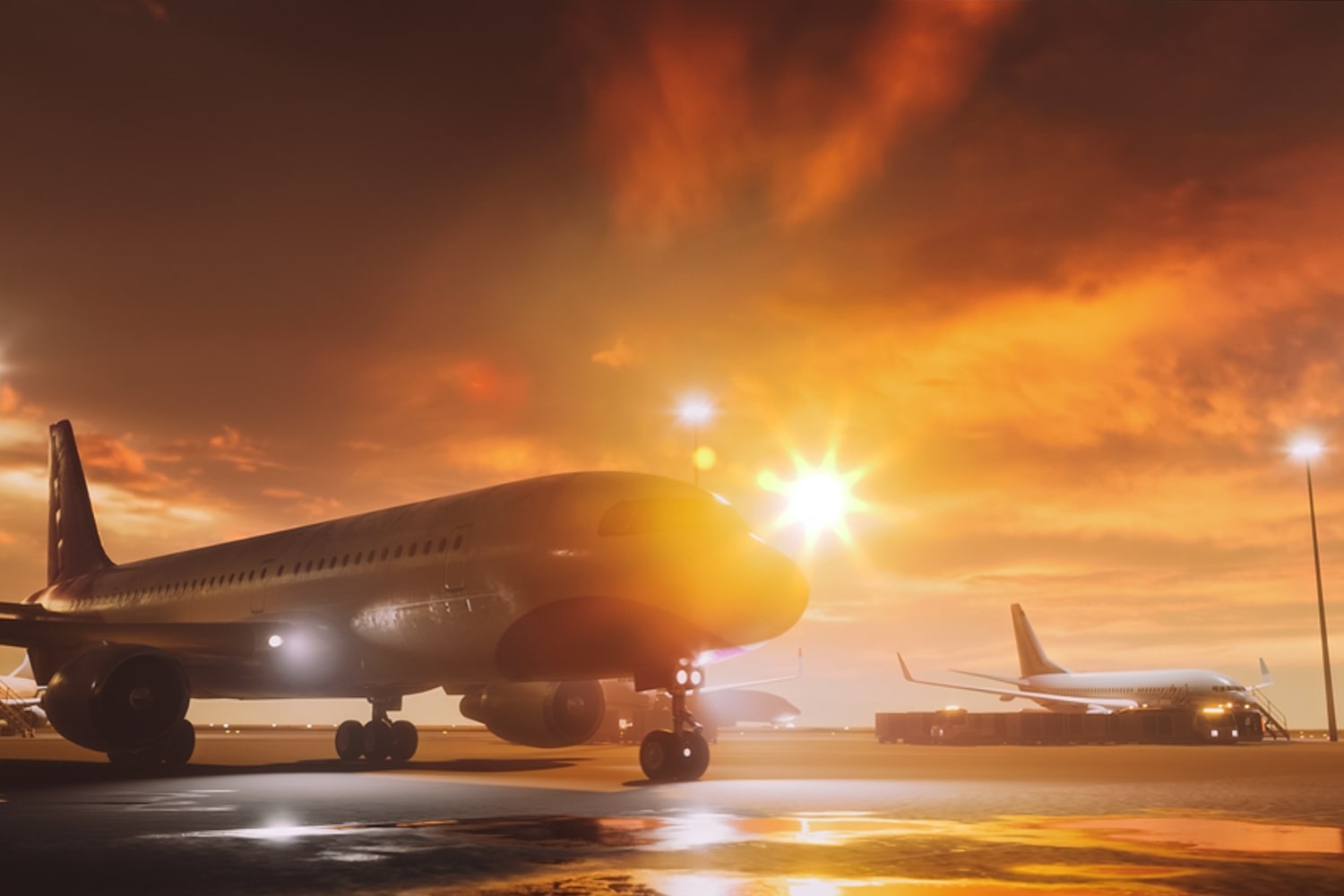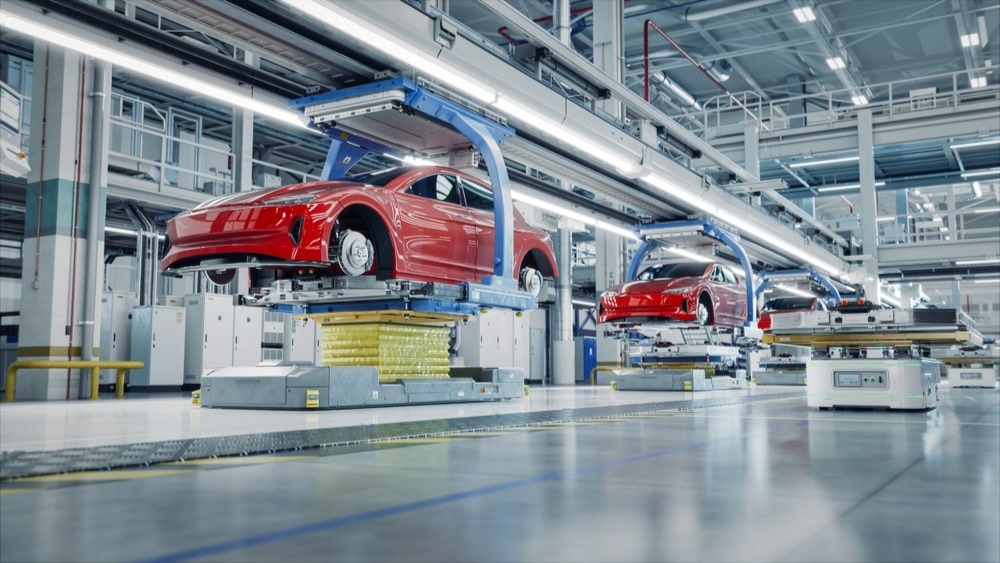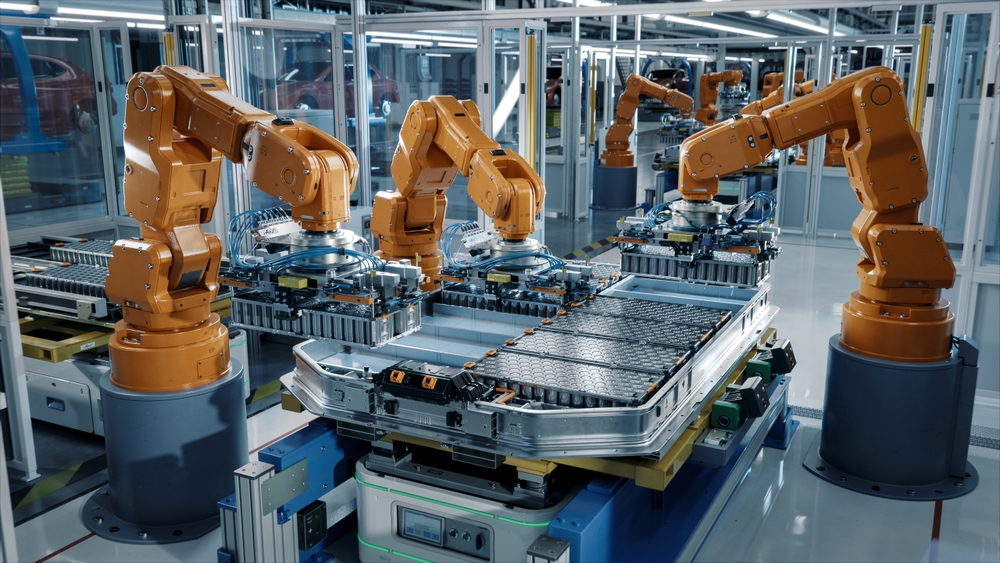Leak testing for the aviation industry
Leak testing for the aviation industry is more than just a routine measure—it's a critical practice that ensures the safety and reliability of aircraft. Such testing is pivotal for maintaining high safety standards, preventing potential hazards, and complying with stringent industry regulations. Among the various methods available, helium gas leak detecting systems have become increasingly favored. These solutions offer a non-destructive and highly accurate means of identifying leaks. Their ability to handle complex geometries and provide reliable results has made them invaluable in modern aviation manufacturing and maintenance processes.
The necessity of leak testing in aviation
The aviation industry cannot afford to overlook the importance of leak detection. All aspects of aircraft performance and safety depend on leak-free components. From fuel tanks to hydraulic systems the integrity of these components is critical. A minor leak in any system can lead to catastrophic failures, risking safety and efficiency. Leak detection acts as a safeguard, ensuring that each part of the aircraft meets the highest standards of reliability and performance.
Economically, the implications of undetected leaks are significant. Leaks that go unnoticed not only result in increased maintenance costs but can also cause operational delays. Over time, these issues escalate, leading to more substantial financial losses for airlines and manufacturers. Efficient leak detection mitigates these risks, helping to avoid costly repairs and downtime.
Compliance with industry standards is another crucial aspect of leak testing in aviation. Regulatory bodies impose stringent guidelines to ensure that each aircraft component follows rigorous safety standards. Failure to comply can result in severe penalties, defilement of a company’s reputation and putting its operational license at risk. Thus, robust leak testing processes are essential to meet these stringent requirements and maintain industry credibility.
Traditional leak detection methods
In the aviation industry, traditional and long-passed leak detection methods were the cornerstone of maintaining aircraft integrity. One common method was soaping, where a soapy solution is applied to suspected leak areas and bubbles indicate leak sources. It's simple but lacks precision. Another traditional technique involved using penetrants, where a dye is applied to the surface and penetrates through to highlight leaks under UV light. This method is more sophisticated but still time-consuming and messy. Smoke testing, another method, involved filling the part with smoke and observing any escaping smoke to pinpoint leaks. While useful in certain scenarios, smoke testing often falls short in accuracy. Finally, manual inspections and guesswork, where technicians utilise their skills and experience to identify leaks, remain widely used despite being labor-intensive and often inconsistent.
The shortcomings of traditional methods
Although traditional methods have paved the way for modern aviation safety, they come with significant drawbacks. Results can vary greatly, with inconsistencies plaguing reliability. The time required to identify and fix leaks can be immense, leading to prolonged downtime and increased costs. Labor-intensive processes mean that skilled technicians are often tied up for extended periods, reducing overall efficiency.
Moreover, these methods struggle with complex geometries of modern aircraft components, where intricate designs make it challenging to locate and repair leaks accurately. As a result, there's a pressing need for more advanced, reliable, and efficient leak detection solutions in today's aviation industry, like helium leak detection.
Helium gas leak detection
Non-destructive helium leak detection has emerged as a leading technique for this purpose. Unlike traditional methods, this technique uses helium gas to identify leaks with remarkable precision. Helium, a light and inert gas, can easily seep through the smallest of apertures, revealing leaks that other methods might miss.
This approach offers numerous benefits. First, it's highly accurate, capable of detecting even the tiniest leaks. Second, it ensures reliability, the results are consistent and dependable. Third, helium leak detection is clean, meaning it doesn't introduce contaminants into the system.
Comparing this with traditional methods like soaping or smoke testing, it's clear that helium detectors provide a significant advantage. Traditional methods often yield inconsistent results and can be labor-intensive. Moreover, they struggle with complex geometries, where helium detectors excel.
Application of helium leak detection in aviation
Helium leak detection can be applied to check almost all aircraft components. For engine parts, this method ensures that every junction and seal maintains its integrity, preventing catastrophic failures. In the landing gear, shock absorbers and cylinders, helium detection helps maintain the robustness needed for safe takeoffs and landings.
Braking systems, which include brake pistons and hoses, also benefit from helium detection. A reliable brake system is essential for aircraft safety, and helium leak detection ensures no detail is overlooked. Finally, primary and secondary control systems depend on this advanced method to verify their performance. Ensuring these control surfaces are leak-free is vital for maintaining the aircraft's maneuverability and safety.
Helium gas leak detection revolutionises the way the aviation industry addresses leak testing, providing unmatched accuracy, reliability, and efficiency.
Leak testing for the aviation industry with MVS
MVS offers specialised solutions tailored to the unique requirements of the aviation sector. From fuel and hydraulic systems to pressurisation components, our technology ensures precise leak detection and documentation.
Our modular interchangeable tool systems provide flexibility, accommodating varying production demands seamlessly. We adhere to the stringent standards of the aviation industry, ensuring traceability and maximising system availability.
Minimise maintenance, enhance safety, and ensure compliance with MVS's advanced leak testing solutions. Trust us to safeguard your aviation components and maintain your impeccable safety record.


